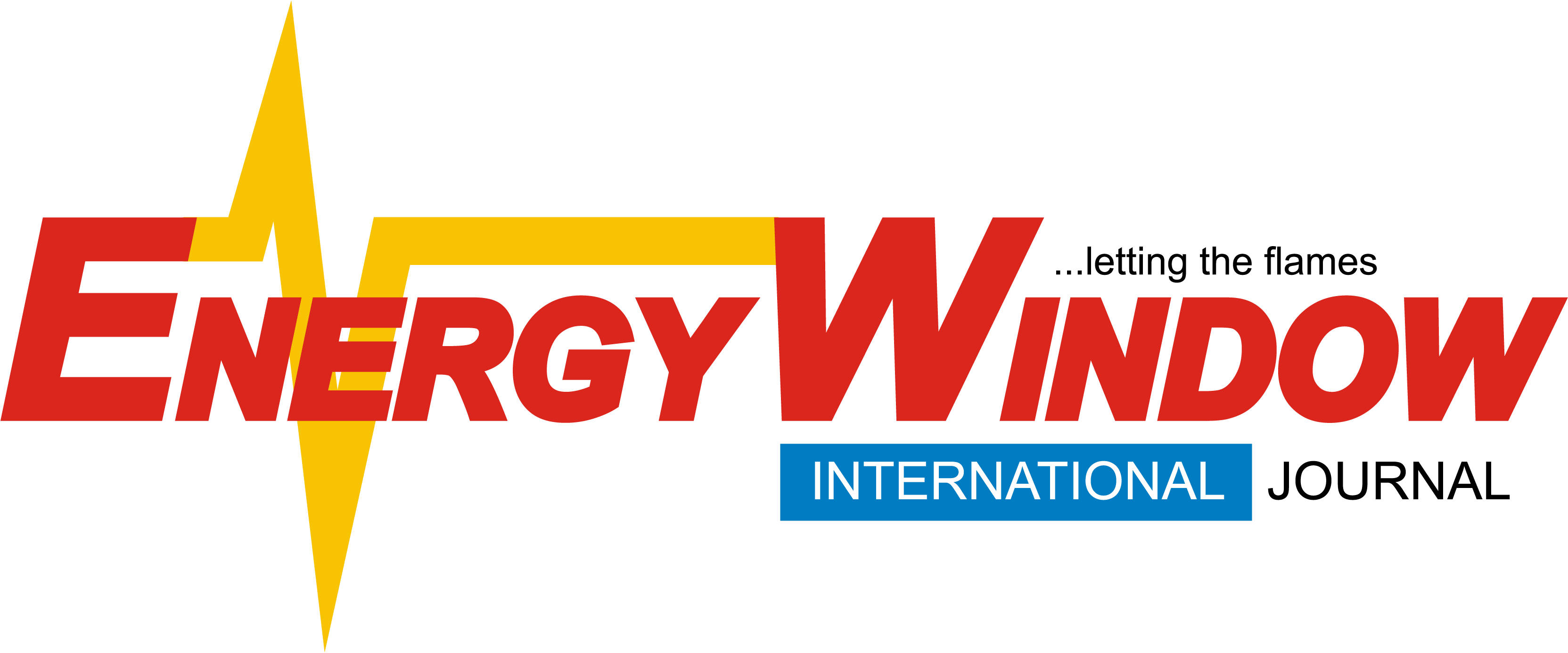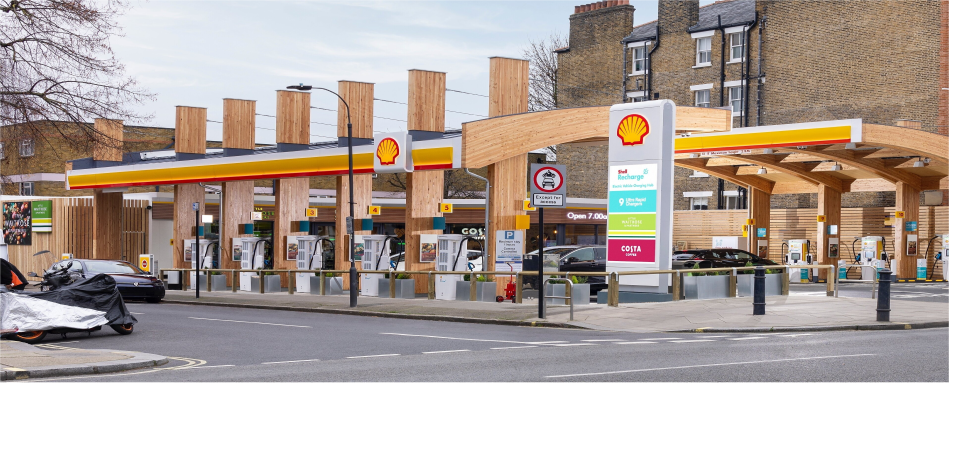By Ejekwu Chidiebere
Shell says findings from its “Recharge Driver Survey” 2025 that weighed the views and opinions of over 15,000 drivers across Europe, USA and China had revealed a growing divide in attitudes toward electric vehicle (EV) adoption. Shell said this in an email statement posted to Energy Window International (Media). According to Shell, while the existing EV drivers reported increased confidence and satisfaction, interest among internal combustion engine (ICE) drivers has plateaued.
The survey further highlighted, Shell said, a significant increase in confidence among existing EV drivers, disclosing that six in every ten (61%) EV drivers globally agreed that they have less worry now than about a year ago about running out of charge, and that nearly three-quarters – that’s about 72% said that the options and availability of public charging points has improved. Appetite for EVs among ICE drivers, from Shell’s report, is however declining. Disclosing that in the US, the interest is marginally lower (31% in 2025 versus 34% in 2024), while in Europe, it has decreased more substantially (41% in 2025 versus 48% in 2024), the oil major said.
However and according to the Dutch Company, cost has stood as the major barrier to EV adoption, particularly in Europe, where 43% of non-EV drivers cite affordability. Shell reports the IEA’s Global EV Outlook 2025 as revealing the stagnation of electric vehicle prices in Europe notwithstanding falling battery costs – which, “alongside high energy bills and broader economic pressures, may be shaping consumer sentiment.”
As signal to a strong commitment to the transition towards electric mobility, Shell says its survey revealed that nine in every ten (91%) current EV drivers (both Battery EVs and Plug-in Hybrid EVs) indicated they would consider another EV as their next vehicle.
On about the policies encouraging the phase-out of ICE vehicles, Shell reports that 46% of drivers of petrol and diesel cars in the USA gave their support for such policies, and in Europe Shell reported the figure as 44%. With regard to the changes in prices of EVs, Shell reported that only 56% of the supporters of ICE phase-out would continue their support if EVs stay more expensive than petrol and diesel vehicles. In a similar manner, and according to the survey, 50% would still support ICE phase-out if charging infrastructure does not improve.
David Bunch, Group Executive Vice President of Shell Mobility & Convenience was quoted to have said: “Shell has established strong public charging networks in key markets worldwide, and this research reinforces what we hear from our customers: there’s a growing disparity in the transition to electric vehicles. While current EV drivers are feeling more confident, the relatively high costs of owning an electric vehicle, combined with broader economic pressures, are making it a difficult decision for new consumers.”
Bunch therefore called for a comprehensive, systems-wide approach to decarbonisation, combining electrification with low-carbon fuels.
“With the right policies and industry collaboration, we can make the transition affordable for consumers and attractive for investors. But more must be done to stimulate demand and ensure no one is left behind in the shift to cleaner transport.”
The 2025 Shell Recharge Driver Survey also found that the number of EV drivers with just one vehicle for instance has risen significantly compared to 2024 which according to Shell indicated that fewer EV drivers have felt the need to add an ICE ‘backup’. It also underscores, Shell maintains, the growing acceptance and satisfaction with EVs among current users. Adding that even the single vehicle owning EV drivers rose from 34% to 41% in the US, from 49% to 54% in Europe, and from 72% to an impressive 89% in China.
The European charging experience is lagging says Shell, with only half of European drivers (51%) saying that the reliability of public chargers has improved in the last 12 months (versus 74% in China and 80% in the USA) and 17% saying public charging offers value for money (versus 69% in China and 71% in the USA).
The survey according to Shell has also disclosed that 78% of EVs driven by European participants were acquired as new, down from 82% last year, suggesting that the second-hand market has continued to grow and “may bring more consumers into the EV space through improved affordability.”
On convenience and retail, Shell reports that a significant majority (75% of EV drivers and 80% of non-EV drivers) purchasing at least one non-fuel retail item monthly went for Coffee which also emerged as the most popular choice among all drivers, with four in ten (41%) drivers enjoying at least a cup each month; however, six in ten (60%) stated they would only buy coffee from a service station if it was deemed good quality.
Bunch continued: “There’s a clear demand for good quality coffee among drivers, and we are committed to meeting this need whether that’s through our convenience partners or Shell Café, to ensure drivers have access to high-quality fresh coffee and other amenities.”
Shell says its EV charging network comprises more than 75,000 charge points across the globe with focus on key markets including Europe, USA and China.

